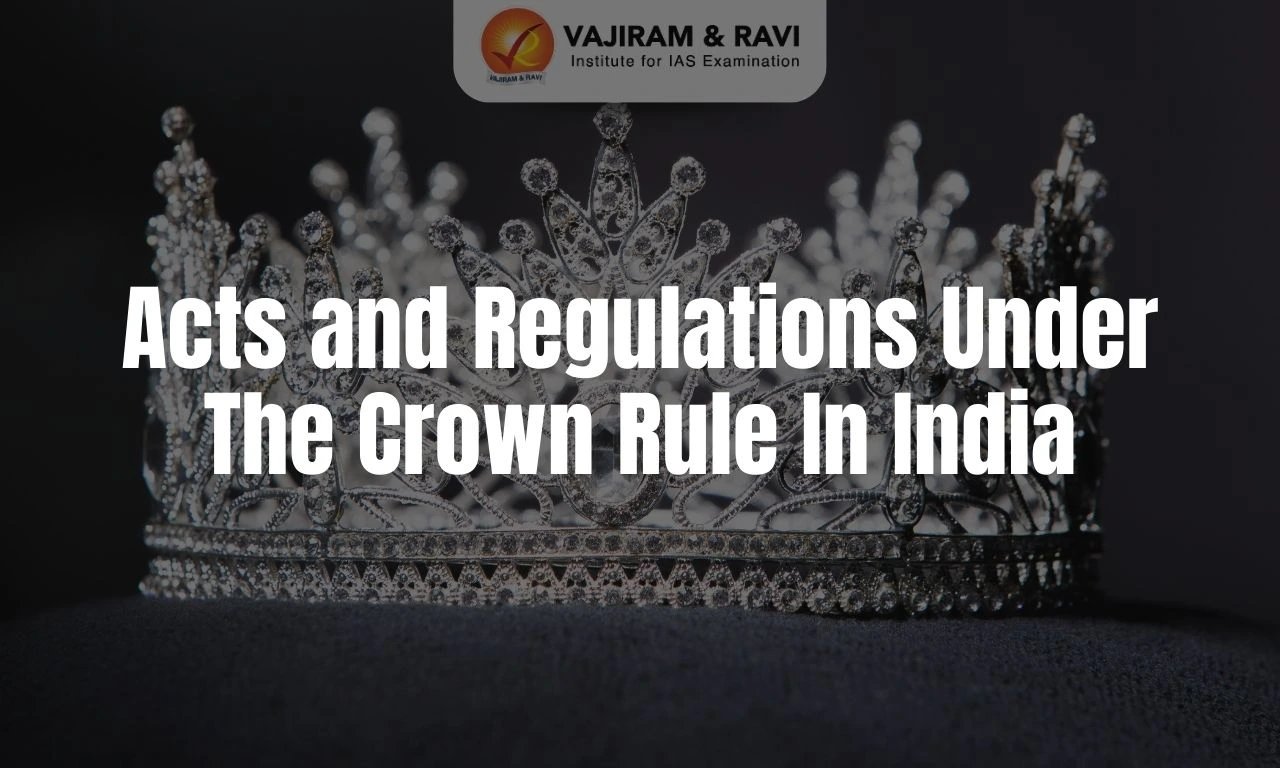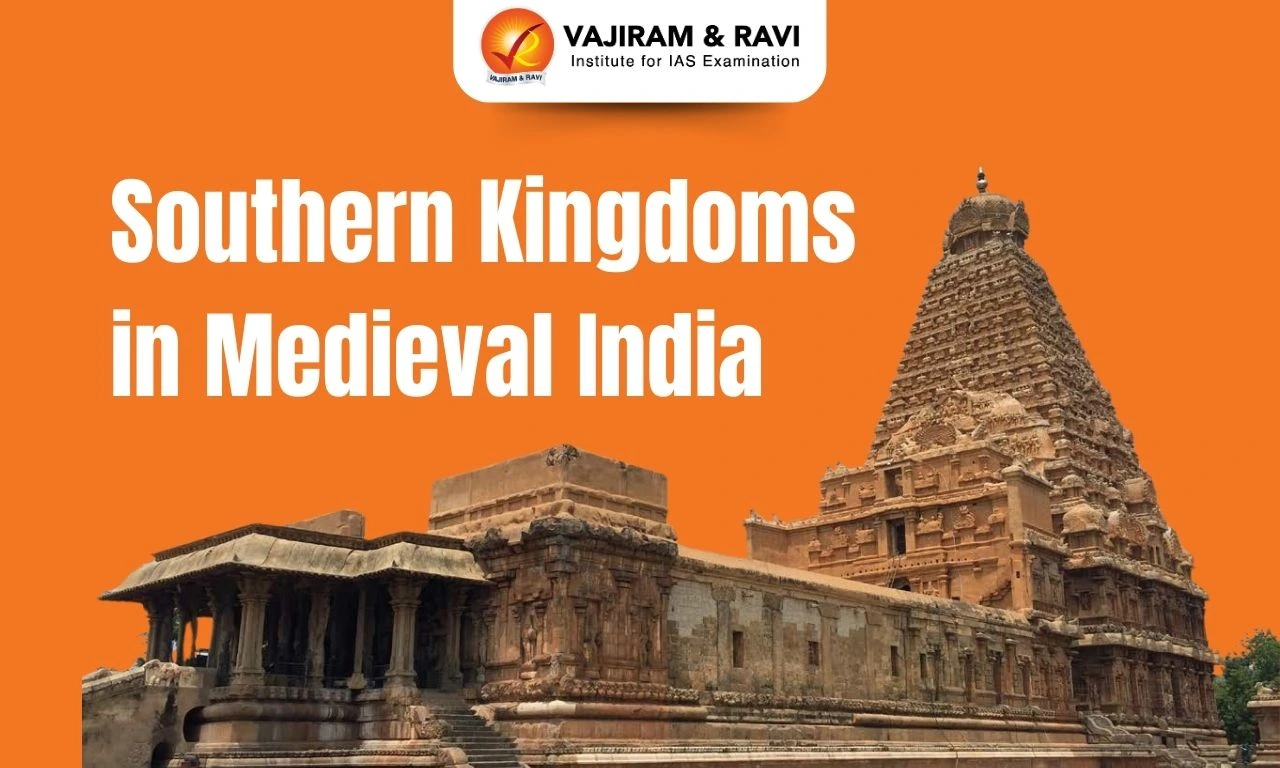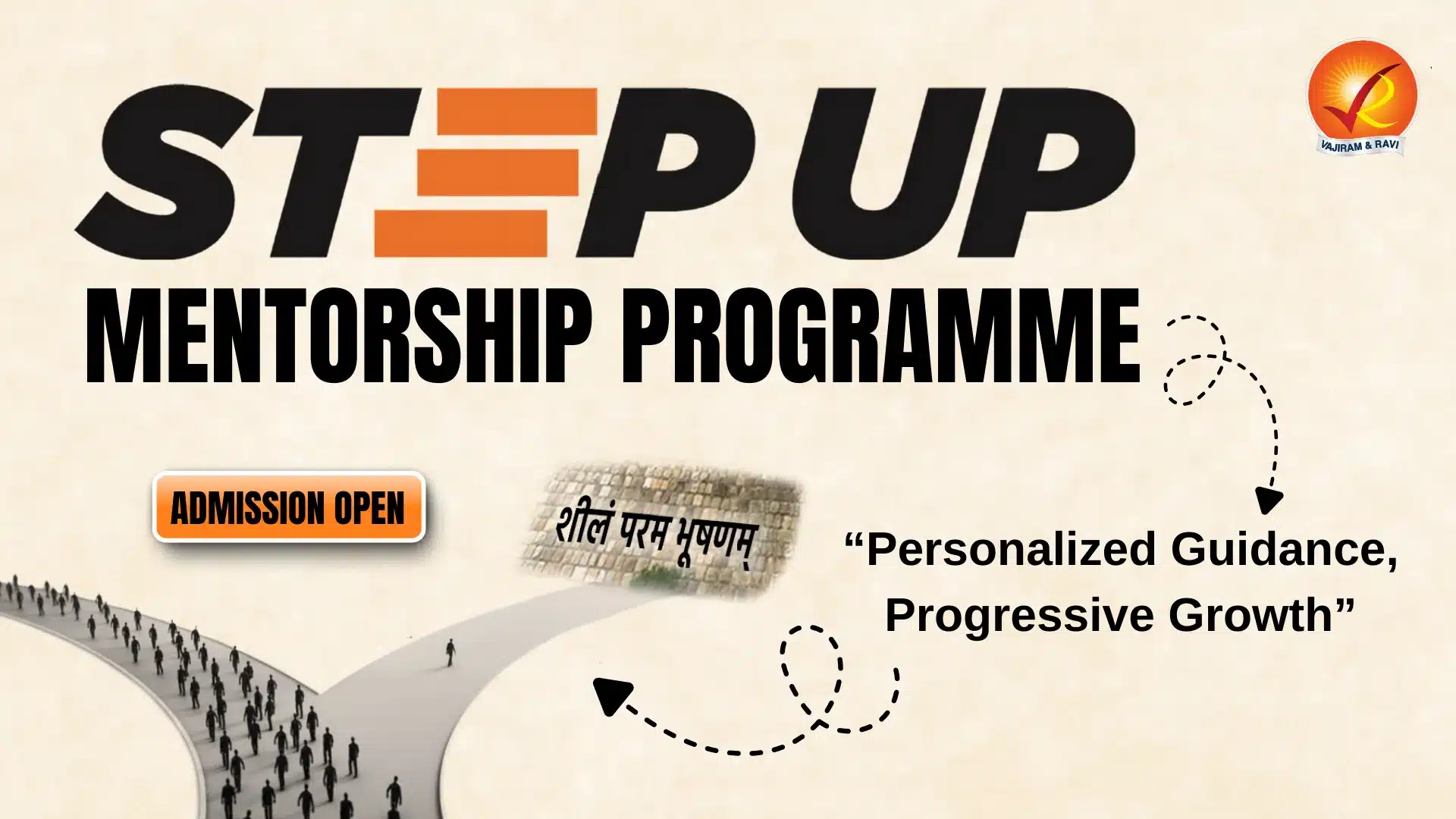The revolutionary movement in India, emerging in the early 20th century, aimed to overthrow British rule. It can be divided into two phases: the early phase before World War I and the later phase after. Early revolutionaries, inspired by Italian unification and militant nationalism, used violence and heroic acts to challenge British control.
In the 1920s, frustration with the Non-Cooperation Movement's withdrawal and Gandhian methods led to a new wave of revolutionaries influenced by socialist and Marxist ideologies, combining radical ideas with the broader nationalist movement.
Revolutionary Movement in India Overview
The revolutionary movement in India emerged in the early 20th century as a radical response to British colonial rule, fueled by the rise of militant nationalism. Initially, revolutionary activities were a fallout of the Swadeshi Movement, aiming to overthrow British rule through violent methods such as assassinations, dacoities, and military conspiracies.
- Disillusioned with the failure of the Extremist leadership, young nationalists sought to express their patriotism by following the example of Russian nihilists and Irish nationalists.
Methods of Early Revolutionary Movements in India
Early revolutionary movements in India employed militant tactics to oppose British rule, with a focus on individual acts of heroism and violence. The actions, writings, and speeches of the revolutionaries reflected a blend of romanticism and emotionalism. The following are the methods they adopted and the objectives they sought to achieve.
- Methods: The methods included individual heroic actions such as organizing assassinations of unpopular officials as well as traitors and informers among the revolutionaries themselves.
- Conducting swadeshi dacoities to raise funds for revolutionary activities and
- Organizing revolutionary conspiracies (during World War I) with the expectation of assistance from Britain's enemies.
- Objectives: The revolutionaries aimed to strike terror among British officials through acts of violence. They sought to remove the fear and inertia of the people, encouraging them to rise against colonial rule.
- Their ultimate goal was to arouse nationalist consciousness among Indians, inspiring them to join the struggle for independence.
Revolutionary Movements in India Causes
The factors responsible for the revolutionary movements in India can be broadly categorized into early and later phases. Various causes, as detailed below, played a significant role in shaping both the early revolutionary movements and the resurgence in the 1920s.
Early Revolutionary
Causes for the early revolutionary movements in India were shaped by a combination of domestic discontent and global influences, which fueled the rise of radical nationalism and militant opposition to British rule.
- British Repression: The exploitative nature of British rule, worsened by famines and harsh policies like Lord Curzon's, fueled nationalist resentment.
- International Influences: Global events, such as the defeat of Italy by Ethiopia in 1896 and the defeat of Russia by Japan in 1905, shattered the propaganda of European invincibility.
- Dissatisfaction with Moderates: Discontent with the moderate Congress leadership led nationalists to adopt more radical approaches.
- Failure of Extremists: Growing frustration emerged as the Extremist leaders failed to achieve substantial concessions from the British or mobilize mass support.
Later Revolutionary
Later revolutionary movements in India emerged in the 1920s, fueled by several key factors, as outlined below:
- Global Revolutionary Movements: The Russian Revolution in 1917 and Irish independence struggles inspired Indian revolutionaries to adopt Marxist, socialist, and proletariat ideologies.
- Radical Literature: Publications like Atmasakti, Sarathi, and Bijoli propagated revolutionary ideals and self-sacrifice among the youth.
- Socio-Ideological Changes: The rise of socialism, trade union movements, and the influence of Bolshevism spurred the adoption of revolutionary ideologies.
- Non-Cooperation Withdrawal: Mahatma Gandhi's sudden withdrawal from the Non-Cooperation Movement led to confusion and disillusionment, encouraging some youth to embrace violence.
- Rejection of Congress Ideologies: Revolutionary groups, seeking total independence, rejected Congress’s vague concept of swaraj and embraced violent methods, believing in "ends justify means" over Gandhi's principle of "means justify ends."
Key Revolutionary Movements in India
Key Revolutionary movements in India arose in response to British colonial rule, especially after the Bengal Partition and the Swadeshi Movement. Disillusioned with the Indian National Congress, young nationalists formed secret societies like Anushilan Samiti and Yugantar, focusing on violent actions.
- Influenced by socialist ideologies post-World War I, these movements spread across regions like Punjab, U.P., and Bihar, with the Hindustan Republican Association (HRA) gaining momentum. The following are the key revolutionary movements in India:
Abhinav Bharat Mandir
The Abhinav Bharat Mandir, also known as the Young India Society, was founded in 1904 by Vinayak Savarkar and Ganesh Damodar Savarkar. Initially established as "Mitra Mela," it was renamed Abhinav Bharat later that year.
- The organization was inspired by Giuseppe Mazzini's Young Italy and aimed at fostering revolutionary ideals. Vinayak Savarkar wrote Mazzini Charitra, a translation of the writings of the Italian revolutionary Giuseppe Mazzini.
Assassination of Lieutenant Colonel William Curzon-Wylie
In 1909, Madanlal Dhingra, inspired by Veer Savarkar's revolutionary ideas, assassinated Lieutenant Colonel William Curzon-Wylie during a meeting of Indian students at the Imperial Institute in London. Dhingra was arrested for the act and later tried for his involvement in the assassination.
Nasik Conspiracy
In the Nasik Conspiracy of 1909, Anant Laxman Kanhere assassinated Jackson, the newly appointed District Magistrate of Nashik, during a screening at the Sangeet Sharda Theater. It was later revealed that Vinayak Savarkar had sent 20 Browning pistols to India, one of which was used in the murder. Consequently, Savarkar was charged with involvement in the assassination and sentenced to life imprisonment at the Cellular Jail of Andaman in 1910.
Delhi-Lahore Conspiracy Case
In 1912, Rashbehari Bose led a group of revolutionaries, including Basant Kumar Biswas, Avadh Behari, Master Amir Chand, and Bal Mukund, in the Delhi-Lahore Conspiracy to assassinate Lord Hardinge, the Viceroy of India.
- Attack: On December 23, 1912, as Lord Hardinge was riding an elephant through Chandni Chowk for the installation of Delhi as the capital, the revolutionaries threw a bomb at him.
- Convictions: Although Hardinge survived the attack unharmed, the revolutionaries were arrested in February 1914. Rashbehari Bose managed to escape conviction, while Charan Das was sentenced to life imprisonment.
Hindustan Republican Association
The Hindustan Republican Association (HRA) was founded in 1924 by Ramprasad Bismil, Jogesh Chandra Chatterjee, and Sachin Sanyal to organize an armed revolution against British rule and establish a Federal Republic of India. The HRA emerged in response to the cancellation of the Non-Cooperation Movement in 1922 following the Chauri Chaura incident.
- HSRA: In 1928, it was renamed the Hindustan Socialist Republican Association (HSRA) under Bhagat Singh, with a collective leadership and socialist ideology.
- Influence: The HRA drew inspiration from the Bhagavad Gita, Anandmath, Aurobindo, Swami Vivekananda, militant nationalists, and the Russian, French, and Irish revolutions.
Kakori Conspiracy Case
Kakori Conspiracy Case of 1925 was a significant action by the Hindustan Republican Association to secure funds for revolutionary activities. On August 9, 1925, HRA members, including Ram Prasad Bismil, Ashfaq Ullah Khan, Chandrashekhar Azad, and others, intercepted a train near Kakori, Lucknow, and seized government treasure from the guard’s coach. Most participants were later arrested and tried in the renowned Kakori Conspiracy Case.
Lahore Conspiracy Case
The Lahore Conspiracy Case of 1927 involved Bhagat Singh and Shivaram Rajguru assassinating police officer John Saunders, mistakenly targeting him instead of James Scott, who had ordered the lathi charge that led to Lala Lajpat Rai's death. Sukhdev Thapar and Chandrashekhar Azad supported the act. Bhagat Singh, Rajguru, and Sukhdev were later convicted and executed by hanging in March 1931.
Central Legislative Assembly Bomb Case
In the Central Legislative Assembly Bomb Case of April 1929, Bhagat Singh and Batukeshwar Dutt threw bombs to protest the Trade Disputes Bill and Public Safety Bill, seeking to use their trial as a platform for propaganda. Their intention was to be arrested and raise awareness about their revolutionary cause.
- Conviction: The court sentenced them to life imprisonment for the malicious intent behind the explosions, and Bhagat Singh was later implicated in the Lahore Conspiracy Case, relating to the murder of JP Saunders.
Revolutionary Movements in Bengal
The revolutionary movement in Bengal, which gained momentum in the early 20th century, was marked by intense, albeit unorganized, armed resistance against British rule. Despite facing harsh repression, groups like the Anushilan Samiti and Yugantar, along with key incidents such as the Chittagong Armory Raid, played a crucial role in shaping the revolutionary ethos in India.
Anushilan Samiti
The Anushilan Samiti, founded in 1902 by Satish Chandra Basu with encouragement from Sister Nivedita and Swami Shradananda, was based in Kolkata. It was named after Bankimchandra’s play Anushilan-Tattva, meaning the theory of discipline.
- Leaders: Pramathanath Mitra served as its main patron, and branches were later established in Banaras as the Young Men’s Association in 1908 and Patna in 1913 by Sachin Sanyal.
- Swadeshi Movement: During the Swadeshi movement, many youths joined the Samiti, which was supported by extremist leaders such as Bipin Chandra Pal and Brahmabandhab Upadhya.
- Activities: The group engaged in activities like dacoities, bomb explosions, and assassinations of key British officials.
Yugantar Group
The Yugantar group, founded in 1906, was a secret revolutionary organization based in Kolkata. It was established by Aurobindo Ghosh, Barindra Ghosh, Raja Subodh Malik, and Bupendranath Datta.
- Objective: The group's primary objective was to collect war weaponry, including arms and explosives, and to manufacture bombs.
- Journal: Barindra Kumar Ghosh and Bhupendranath Dutta, from Anushilan's inner circle, launched the weekly journal Yugantar to promote their cause.
Muzaffarpur Conspiracy Case
In 1908, the Muzaffarpur Conspiracy, also known as the Manicktolla Bomb Conspiracy or Alipore Bomb Conspiracy, involved Khudiram Bose and Prafulla Chaki attempting to assassinate Douglas Kingsford by throwing a bomb at his carriage.
- Consequences of the Attack: The attack, however, led to the deaths of two women, resulting in the arrest and trial of the conspirators.
- Prafulla Chaki committed suicide, while Khudiram Bose, along with his accomplices Mrityunjay Chakraborty and Kishorimohan Bandopadhyay, was tried for the act.
Howrah Gang Case
The Howrah Gang Case, also known as the Howrah-Shibpur Conspiracy Case, occurred in 1910. It was led by Jatindranath Mukherjee, with 47 Bengali nationalists from the Anushilan Samiti being arrested for the murder of Inspector Shamsul Alam, who had been investigating the group's activities. Jatindranath Mukherjee and Narendranath Bhattacharjee were sentenced to one year of detention.
Chittagong Armory Raid
On April 18, 1930, Surya Sen led the Chittagong Armory Raid, with support from revolutionaries like Ganesh Ghosh, Lokenath Bal, and Pritilata Waddedar. The plan was to seize British arsenals, disrupt communication, and halt trains, but they failed to find ammunition. Sen was arrested and executed, alongside Tarkeshwar Dostidar, who had planned his escape.
Revolutionary Movements Abroad
Early rеvolutionary movеmеnts abroad involvеd Indian nationalists and activists rallying beyond India's bordеrs to garnеr intеrnational support, build awarеnеss, and create solidarity with the strugglе for indеpеndеncе from British rule. These efforts aimed to unite the Indian diaspora and likе-mindеd individuals globally.
Indian Home Rule Society
The Indian Home Rule Society was established in 1905 by Shyamaji Krishna Varma, with its leadership later taken over by V. D. Savarkar in 1907. It aimed to promote passive resistance and nonviolent self-rule, with Krishna Varma's journal, The Indian Sociologist, serving as its mouthpiece.
- India House as a Revolutionary Hub: India House, initially founded as a hostel for Indian students, became a hub for Indian revolutionaries in Europe but was disbanded after the assassination of Sir Curzon Wyllie in 1909.
- Advocacy for Independence: The society held weekly meetings at India House, passing resolutions condemning arrests in India and advocating for the country's complete independence.
Ghadar Party
The Ghadar Party, formed in 1913, originated from Punjabi immigrants on North America's West Coast and was led by Lala Har Dayal. Baba Sohan Singh Bhakna served as President, with prominent members like Bhai Parmanand and Harnam Singh 'Tundilat' involved. The party published Hindustan Ghadar in Urdu and Gurmukhi, along with Ghadar ki Goonj, featuring poetry and songs.
Komagata Maru Incident
The Komagata Maru incident of 1914 involved a Japanese steamship carrying Indian passengers who attempted to emigrate to Canada but were denied entry. When police tried to arrest the passengers in Kolkata, a riot broke out, resulting in 22 deaths from police gunfire. Although 24 passengers were allowed entry to Canada, the remaining 352 were denied, and the ship was forced to return to India.
Leaders of Revolutionary Movements in India
Revolutionary movements in India were fueled by a determined group of leaders who advocated for armed resistance against British colonial rule. Prominent leaders of revolutionary movements in India included Bhagat Singh, Chandrashekhar Azad, Surya Sen, Khudiram Bose, Ram Prasad Bismil, Lala Lajpat Rai, Vinayak Savarkar, and Rashbehari Bose.
- These leaders, along with others like Madan Lal Dhingra, Rajguru, and Pritilata Waddedar, were central to organizing and executing actions aimed at weakening British rule.
Decline of Revolutionary Movements in India
By the 1930s, the revolutionary nationalist movement started to decline due to a combination of factors, including changes in political ideology and government repression.
- Opposition to Violence: Gandhi’s leadership, which opposed violence, shifted the focus of the national movement away from revolutionary methods.
- Government Repression: Strong governmental measures effectively decimated the ranks of the revolutionaries, stifling their activities.
- End of Revolutionary Activities in Northern India: The death of Chandrashekar Azad marked the end of the revolutionary movement in Northern India.
- Martyrdom of Surya Sen: Surya Sen’s martyrdom led to the collapse of revolutionary nationalism in Bengal.
- Rethinking of Politics: Many revolutionaries, including Bhagat Singh, reconsidered their politics while imprisoned, with several adopting Marxism.
- Convergence in Mainstream Politics: Several revolutionaries joined left-wing parties like the Communist Party and Congress Socialist Party, and other left-wing parties and organizations, while others aligned with Congress's Gandhian wing.
Revolutionary Movements in India Significance
The significance of revolutionary movements in India lies in their role in awakening the youth and inspiring them to actively participate in the freedom struggle. These movements not only influenced future political actions but also introduced new ideas, creating powerful symbols and martyrs that resonated throughout the independence movement.
- Awakening of youth: It was instrumental in generating a surge of youth awareness, which was constructively harnessed by mass movements led by the Mahatma.
- Impact on subsequent movements: The revolutionary movements left a lasting impact on subsequent phases of the freedom struggle.
- The radical ideas, tactics, and ideologies espoused by the revolutionaries continued to influence future movements and leaders.
- New Ideas: They promoted the new ideas of Socialism, Marxism, and secular philosophy.
- Symbolic impact: The revolutionary movements created powerful symbols and martyrs that resonated with the Indian population.
- Figures like Bhagat Singh, Chandrasekhar Azad, and Surya Sen became iconic and immortalized in the collective memory of the freedom struggle.
- Their courage, sacrifice, and determination elevated their status to that of national heroes, serving as symbols of resistance and inspiring subsequent.
Revolutionary Movements in India UPSC PYQs
Question 1: Consider the following freedom fighters: (UPSC Prelims 2022)
- Barindra Kumar Ghosh
- Jogesh Chandra Chatterjee
- Rash Behari Bose
Who of the above was/were actively associated with the Ghadar Party?
- 1 and 2
- 2 only
- 1 and 3
- 3 only
Answer: (d)
Question 2: The Ghadr (Ghadar) was a (UPSC Prelims 2014)
- revolutionary association of Indians with headquarters at San Francisco
- nationalist organization operating from Singapore
- militant organization with headquarters at Berlin
- communist movement for India’s freedom with headquarters at Tashkent
Answer: (a)
Last updated on December, 2025
→ Check out the latest UPSC Syllabus 2026 here.
→ Join Vajiram & Ravi’s Interview Guidance Programme for expert help to crack your final UPSC stage.
→ UPSC Mains Result 2025 is now out.
→ UPSC Notification 2026 is scheduled to be released on January 14, 2026.
→ UPSC Calendar 2026 is released on 15th May, 2025.
→ The UPSC Vacancy 2025 were released 1129, out of which 979 were for UPSC CSE and remaining 150 are for UPSC IFoS.
→ UPSC Prelims 2026 will be conducted on 24th May, 2026 & UPSC Mains 2026 will be conducted on 21st August 2026.
→ The UPSC Selection Process is of 3 stages-Prelims, Mains and Interview.
→ UPSC Result 2024 is released with latest UPSC Marksheet 2024. Check Now!
→ UPSC Prelims Result 2025 is out now for the CSE held on 25 May 2025.
→ UPSC Toppers List 2024 is released now. Shakti Dubey is UPSC AIR 1 2024 Topper.
→ UPSC Prelims Question Paper 2025 and Unofficial Prelims Answer Key 2025 are available now.
→ UPSC Mains Question Paper 2025 is out for Essay, GS 1, 2, 3 & GS 4.
→ UPSC Mains Indian Language Question Paper 2025 is now out.
→ UPSC Mains Optional Question Paper 2025 is now out.
→ Also check Best IAS Coaching in Delhi
Revolutionary Movement in India FAQs
Q1. What are the revolutionary movements in India?+
Q2. What was the first revolutionary movement in India?+
Q3. What was the motto of the revolutionary movement in India?+
Q4. Who was called the father of revolutionary thought in India?+
Q5. What is called a revolutionary movement?+

















